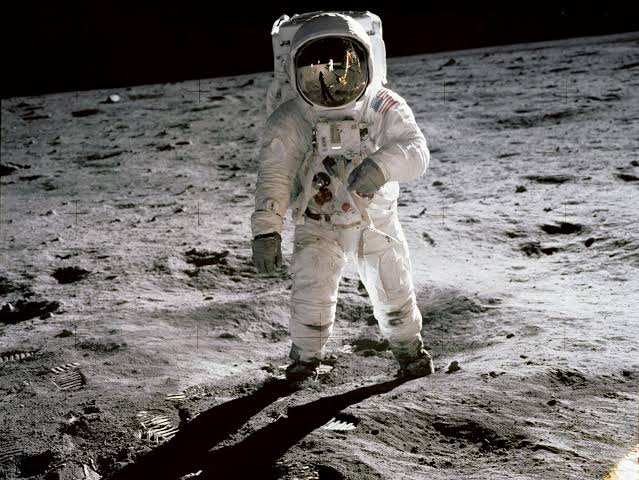As race for Chandrama base heats up, NASA to invite international astronaut

The race to the Chandrama is heating up once again. In next 15 to 20 years there is likelihood of bases on Chandrama established by China, USA, India and may be even Russia.
So no wonder the USA is inviting an international astronaut who will join U.S. astronauts on the Chandrama by 2030 – 2035 time frame. This is going to be under an agreement announced Wednesday by NASA and the White House. The news came as Vice President Kamala Harris convened a meeting in Washington of the National Space Council.
There was no mention of who the international Lunar walker might be or even what country would be represented. A NASA spokeswoman later said that crews would be assigned closer to the lunar-landing missions, and that no commitments had yet been made to another country.
NASA has included international astronauts on trips to space for decades. Canadian Jeremy Hansen will fly around the moon a year or so from now with three U.S. astronauts.
Another crew would actually land; it would be the first lunar touchdown by astronauts in more than a half-century. That’s not likely to occur before 2027, according to the U.S. Government Accountability Office.
All 12 men on Chandrama during NASA’s Apollo program of the 1960s and 1970s were U.S. citizens. The space agency’s new Chandrama exploration program is named Artemis after Apollo’s mythological twin sister.
Including international partners “is not only sincerely appreciated, but it is urgently needed in the world today,” Hansen told the council.
NASA has long stressed the need for global cooperation in space, establishing the Artemis Accords along with the U.S. State Department in 2020 to promote responsible behavior not just at the Chandrama but everywhere in space.
Representatives from all 33 countries that have signed the accords so far were expected at the space council’s meeting in Washington.
The Artemis Accords have also been criticized for allegedly being “too cantered on American and commercial interests.” Russia has condemned them as a “blatant attempt to create international space law that favors the United States.”
Beside possibly being an opportunity for China in light of the Wolf Amendment, Chinese government affiliated media has called the Accords “akin to European colonial enclosure land-taking methods.”
Russia and China have since reached an understanding to work together on the Chinese International Lunar Research Station concept, to serve as a potential competing option for third parties.
Notably missing from the Artemis Accords: Russia and China, the only countries besides the U.S. who till date have launched their own citizens into orbit. However India is fast catching up and should be sending its own Gaganyatris into space, probably next year. Thereafter India will be Concentrating on establishing a base in Chandrama, at the earliest.
Russia is a partner with NASA in the International Space Station, along with Europe, Japan and Canada. Even earlier in the 1990s, the Russian and U.S. space agencies teamed up during the shuttle program to launch each other’s astronauts to Russia’s former orbiting Mir station.
During Wednesday’s meeting, Harris also announced new policies to ensure the safe use of space as more and more private companies and countries aim skyward. Among the issues that the U.S. is looking to resolve: the climate crisis and the growing amount of space junk around Earth.
A 2021 anti-satellite missile test by Russia added more than 1,500 pieces of potentially dangerous orbiting debris, and Blinken joined others at the meeting in calling for all nations to end such destructive testing.




